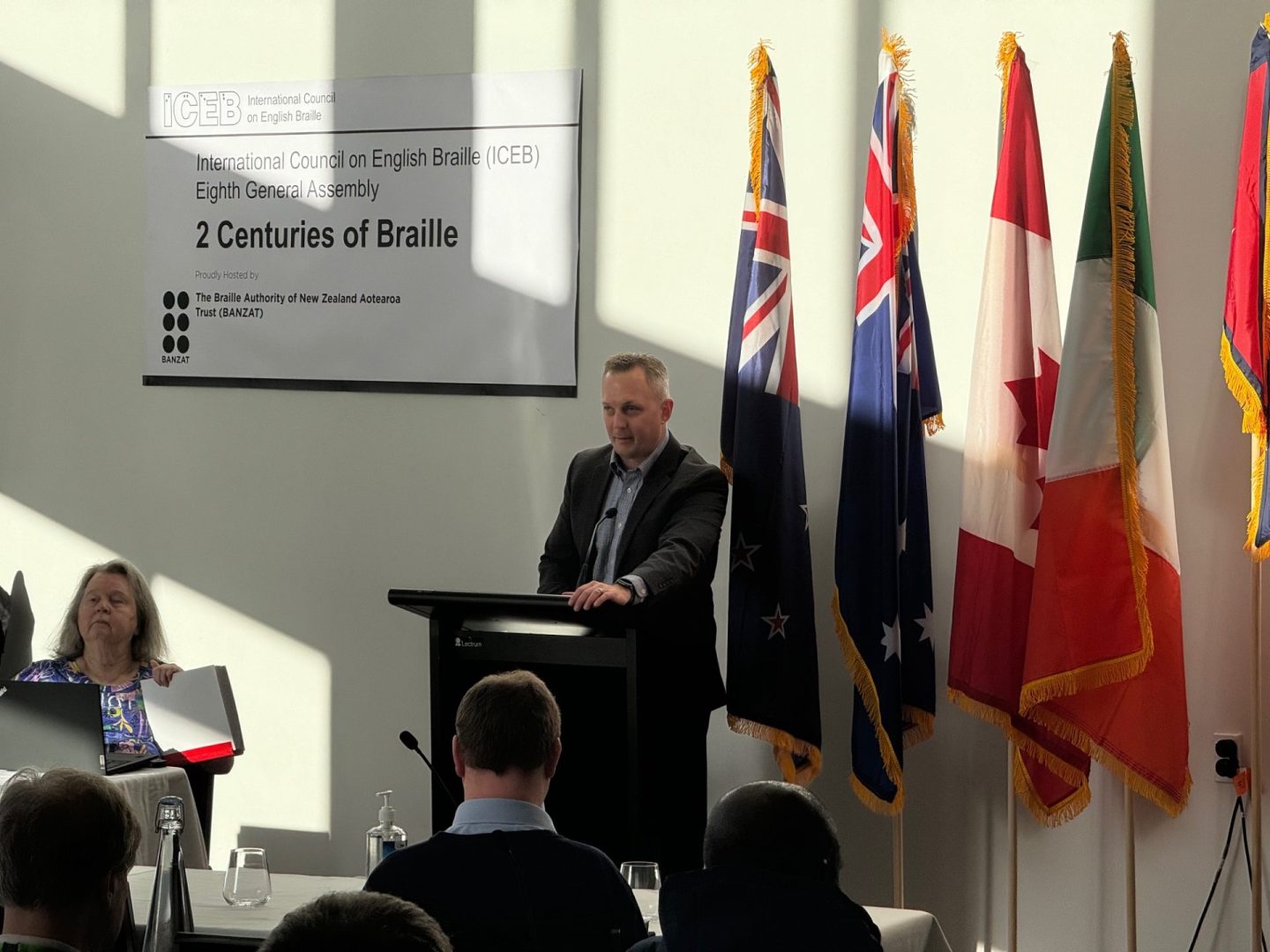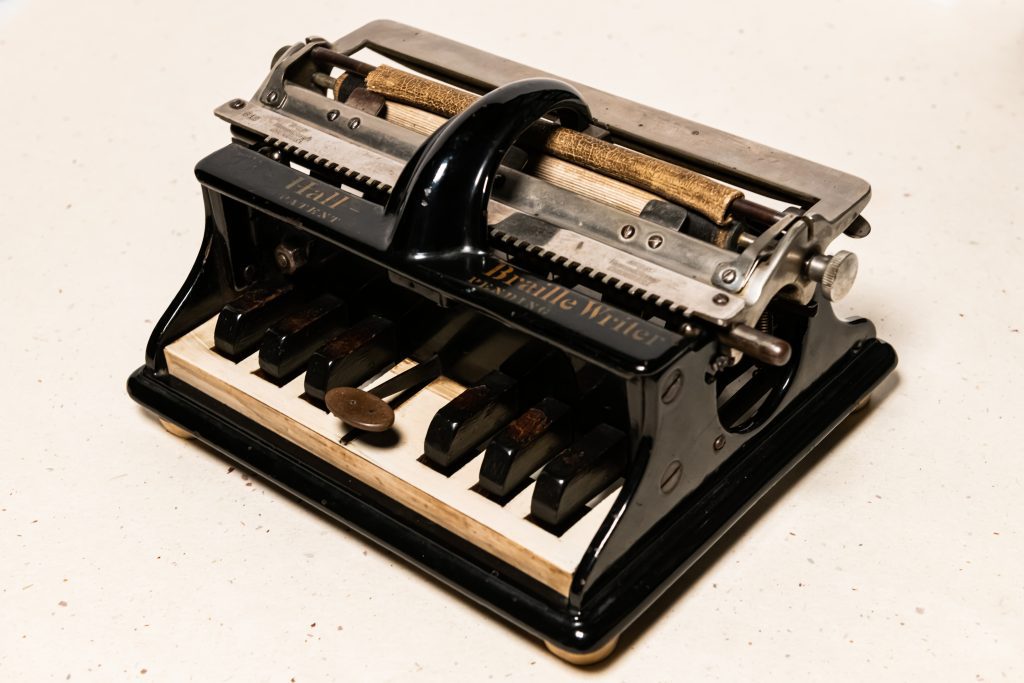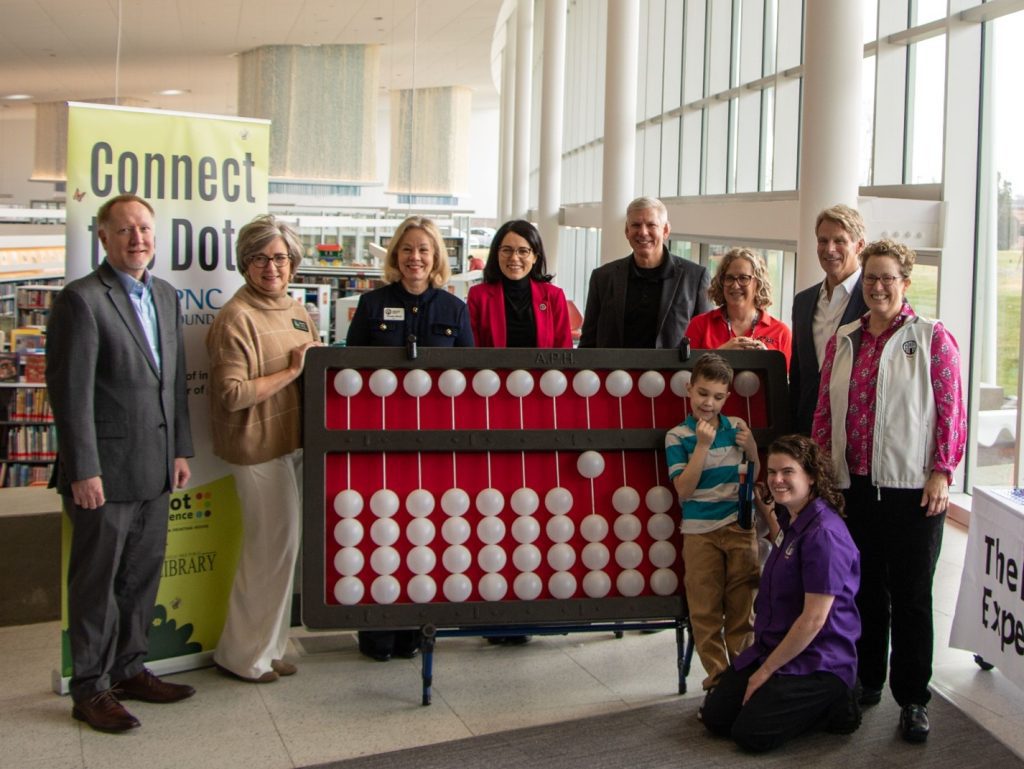To ensure gift delivery by 12/25, please place orders via UPS shipping no later than 12/17.
CloseA Validation of the Work We’re Doing: An Insider’s Perspective on the ICEB Conference

May 30th marked the end of the Eighth General Assembly of the International Council on English Braille (ICEB) held in Auckland, New Zealand. Promoting and coordinating the use of braille throughout the English-speaking world, the council was hosted by The Braille Authority of New Zealand Aotearoa Trust. The theme of this year’s assembly was ‘Two Centuries of Braille.’ A system of raised dots, braille is the primary literacy medium for those who are blind or low vision or DeafBlind.
Summarizing the heart of the conference, Assembly Chairman Judith Dixon, and President of the ICEB, kicked off the conference proclaiming “No detail is too insignificant to escape our notice.” APH’s Head of Global Innovation, Greg Stilson, noted that they really stuck to that principal saying “…it was a very specific, principled conference. They have a lot of love for braille and the braille code.” Some of the main components that made up the conference were the research of braille and how it’s consumed, the research of tactile graphics, other braille codes, and lots of tech.
APH’s Tactile Technology Product Manager, Willow Free, and Greg Stilson led a session on the Monarch entitled, ‘The Journey of the Monarch: Why Partnerships, Innovation, and a New Braille Standard Were Essential.’ Presenting the Monarch’s multiline and digital braille displays, Greg and Willow provided a recap to the audience on how the Monarch gets braille into the hands of people and the impact that has had worldwide. Their hope? That the Monarch will create good habits and better readers in the future.
After presenting on the Monarch and eBraille for over an hour, Willow was pleasantly surprised at the response she received having expected controversy to erupt. “People seemed to already know what eBraille was and were enthusiastic and onboard.” Greg attributed the lack of questions at the end of the presentation as a huge testament to the legwork that Willow had already done getting everyone on the same page. “We went in prepared to defend our work and left realizing everyone was excited,” Greg and Willow both said.
Greg presented a two-hour poster session during which attendees had the opportunity to view the Monarch. Making the connection with Leona Holloway of Monash University, with whom APH has been partnering with in an effort to focus our research efforts, was the highlight of the conference for Greg who said he hopes it will result in a long-term partnership.“It was a great opportunity to talk to people that you never get to talk with in person, the ‘Who’s Who of Braille’ in all these different regions─Christo de Klerk, James Bowden, Judy Dixon, Jen Goulden, to name a few─all in one location. That’s a great thing to be able to do,” he said. Because of the work that Willow and the group had done ahead of time Greg said, “When we walked in, we were not strangers to them at all. APH has a seat at the table.”
“The conference was a validation of the work we’re doing,” said Greg. “ICEB─the keepers of the braille code─is a huge supporter of eBraille. They see it as the future.” “We are really lucky to have an ICEB,” said Willow. “There are other codes that still aren’t unified. Having this unified code makes braille less expensive.”
Learn more about the creation of eBraille and the eBraille converter, as well as how it can be used on the Monarch.
Share this article.
Related articles

Blindness History Basics: The War of the Dots
Today, it is typical for individuals who are sighted to read print and for people who are blind or low...

Connect the Dots
We are excited to announce our new family-based education series: Connect the Dots, powered by the PNC Foundation! Thanks to...
